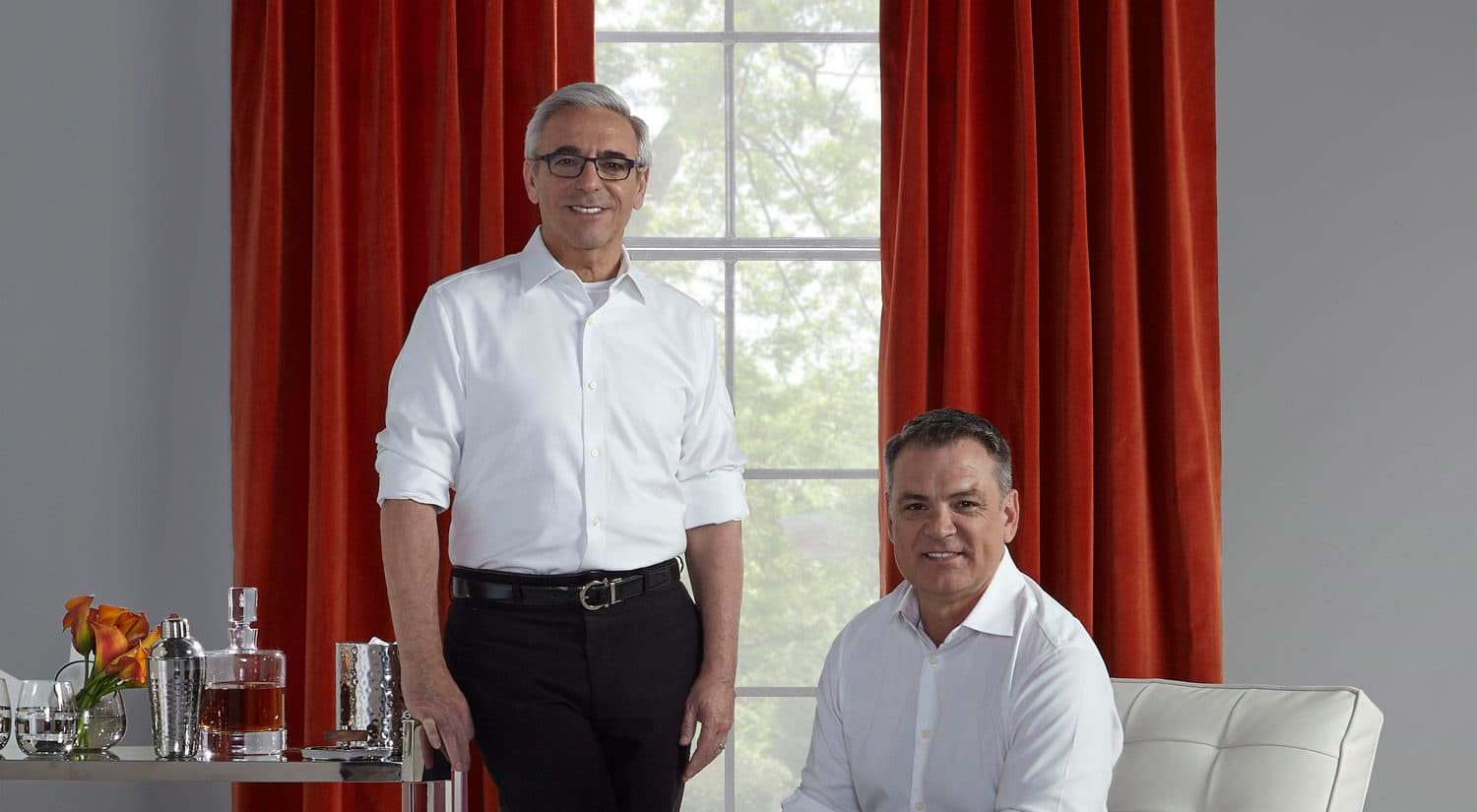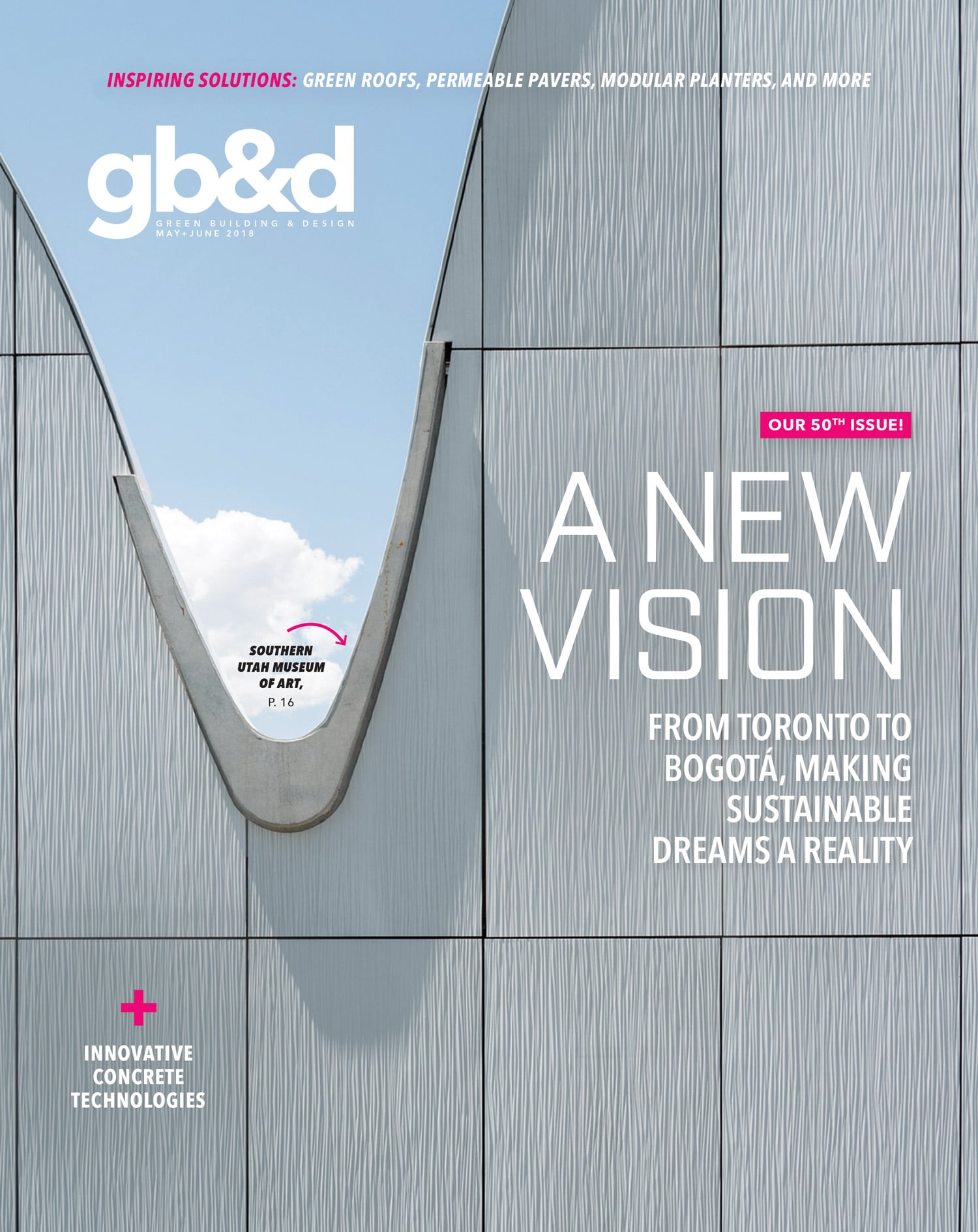Mitchell Gold + Bob Williams have spent the last three decades transforming the luxury home furnishings industry. Here’s what they’ve learned along the way.
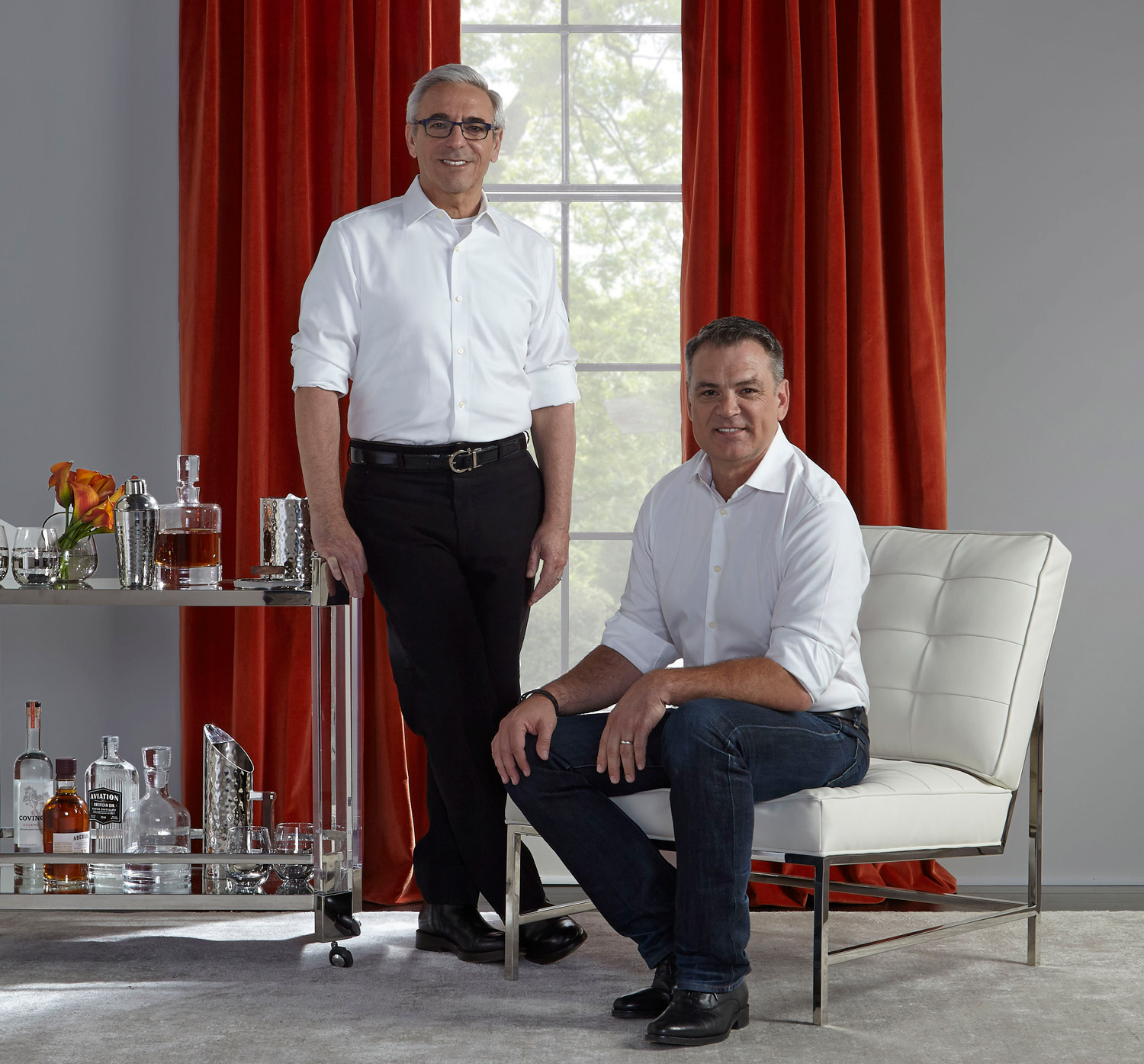
[Photo: Courtesy of Mitchell Gold + Bob Williams]
Bob Williams and Mitchell Gold left smoggy New York City for the fresh air and open spaces of North Carolina some three decades ago. But soon after launching their luxury home furnishings company, they came to realize all wasn’t well with their suppliers. In particular, their foam manufacturers were releasing CFCs into the air, ultimately damaging the ozone layer. Driving over to the area of town populated by those factories, the suspect practices were revealed.
“Not only are they hurting the ozone, but you can actually smell and feel it. I mean, it was in the air. It encouraged us even more that we needed to do something,” Williams says.
That revelation led them on a journey that continues today, as the company sources environmentally
responsible materials for their products, which expanded from upholstered chairs in the early days to include sofas, tables, window treatments, lighting, and more today. Today their collections are sold in more than 30 stores, as well as through a contract division serving the hospitality and commercial services industries and a recent partnership with the workspace furniture manufacturer Steelcase.
FROM OUR MAY+JUNE 2018 ISSUE
The preferred publication of leading green professionals.
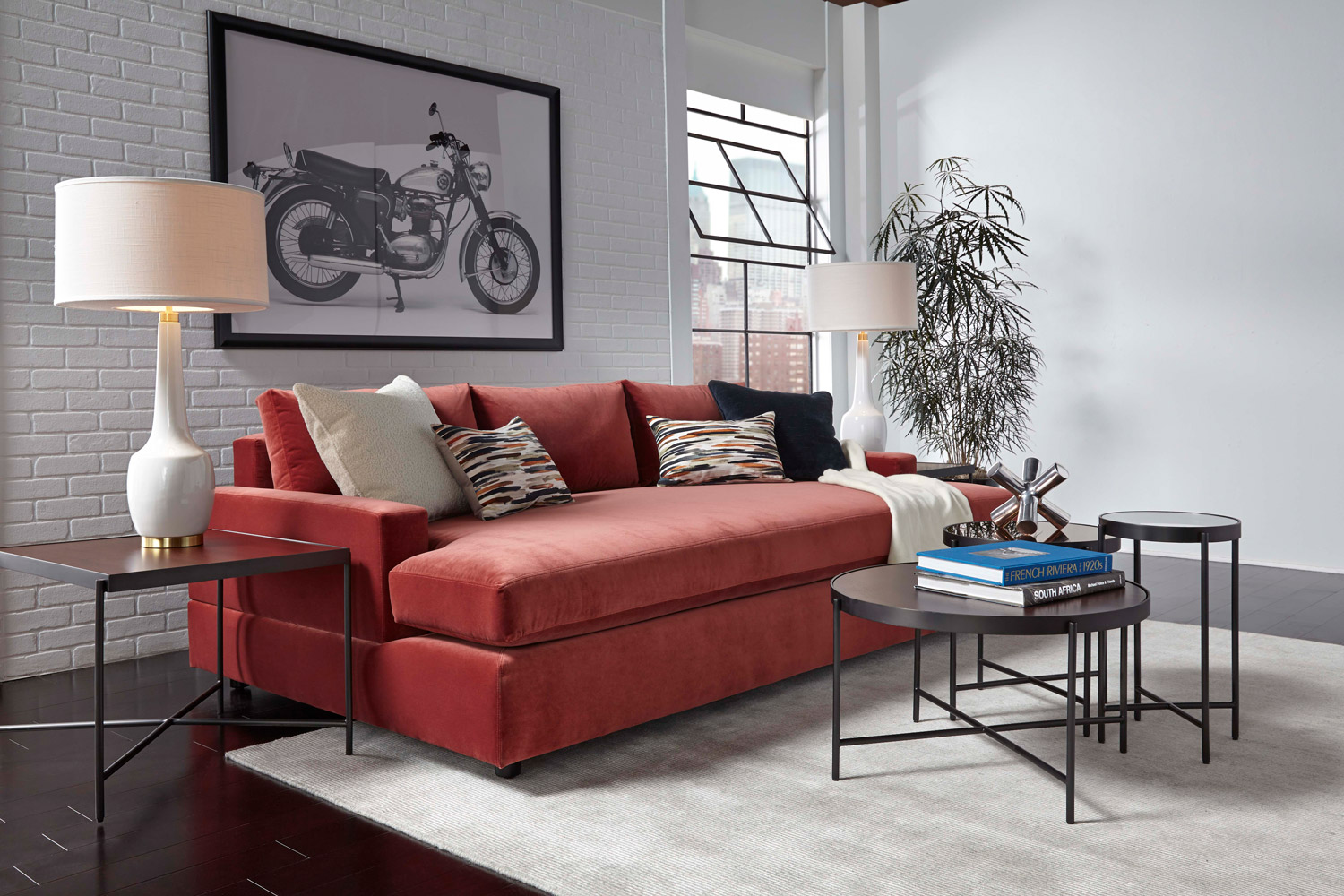
[Photo: Courtesy of Mitchell Gold + Bob Williams]
Carving Out a Sustainable Footprint
After learning about the ozone-destroying practices of the foam industry in 1989, the pair discovered a manufacturer whose foam didn’t emit CFCs. Williams, the company’s president of design, worked with that supplier to get the comfort level right on the foam and to guarantee its longevity. But with that issue resolved, it led them to think: What else are we doing that’s not good for the environment?
Their quest quickly led them to their timber, and today the company’s wood frames are sourced from domestic suppliers that comply with U.S. Forest Service requirements for harvest and reforestation. By recycling packaging material and upcycling leather and fabric scraps, they reduced their annual landfill waste by more than 200 pounds. And by using natural fibers like cotton, mohair, and linen and developing eco-friendly finishes, they reduced their VOC emissions by more than 38%.
Throughout all these efforts, the duo has debunked the myth that it costs more to do the right thing, says Gold, chairman of the company. “We’re making being environmentally responsible work for us, not against us,” he says.

[Photo: Courtesy of Mitchell Gold + Bob Williams]
Responding to Consumer Demand
While Mitchell Gold + Bob Williams led the charge in sustainable furniture production, increasingly customers are insisting upon it. In fact, according to a study the company sponsored with the Sustainable Furnishings Council, more than 80% of consumers have purchased environmentally safe home products within the previous year—and they’re willing to pay more for these eco-friendly items.
“People are really conscious about what they’re putting in their homes,” Williams says. He’s seen an increased awareness about the materials used, the finishes applied, and the chemicals involved in furniture production. Homes today have much tighter building envelopes than in the past, he notes, which can help conserve energy but also trap in any contaminants. If a piece of furniture is off-gassing, it’s much more difficult for those fumes to dissipate today.
Designing for Longevity
For Gold and Williams, long-lasting, high-quality products are essential both to their customers’ satisfaction but also to their footprint. “One of the things we want is to not only design products but also create and build products that people want to have in their home and enjoy for a long time—that it doesn’t become garbage after a while,” Williams says.
Their desire to keep furniture out of the landfill is at the heart of their design philosophy. They don’t design from one season to the next, Williams says, and they actively avoid faddish designs or those driven by trends. Their goal is to create classic products, made with the best materials, that can last a lifetime.
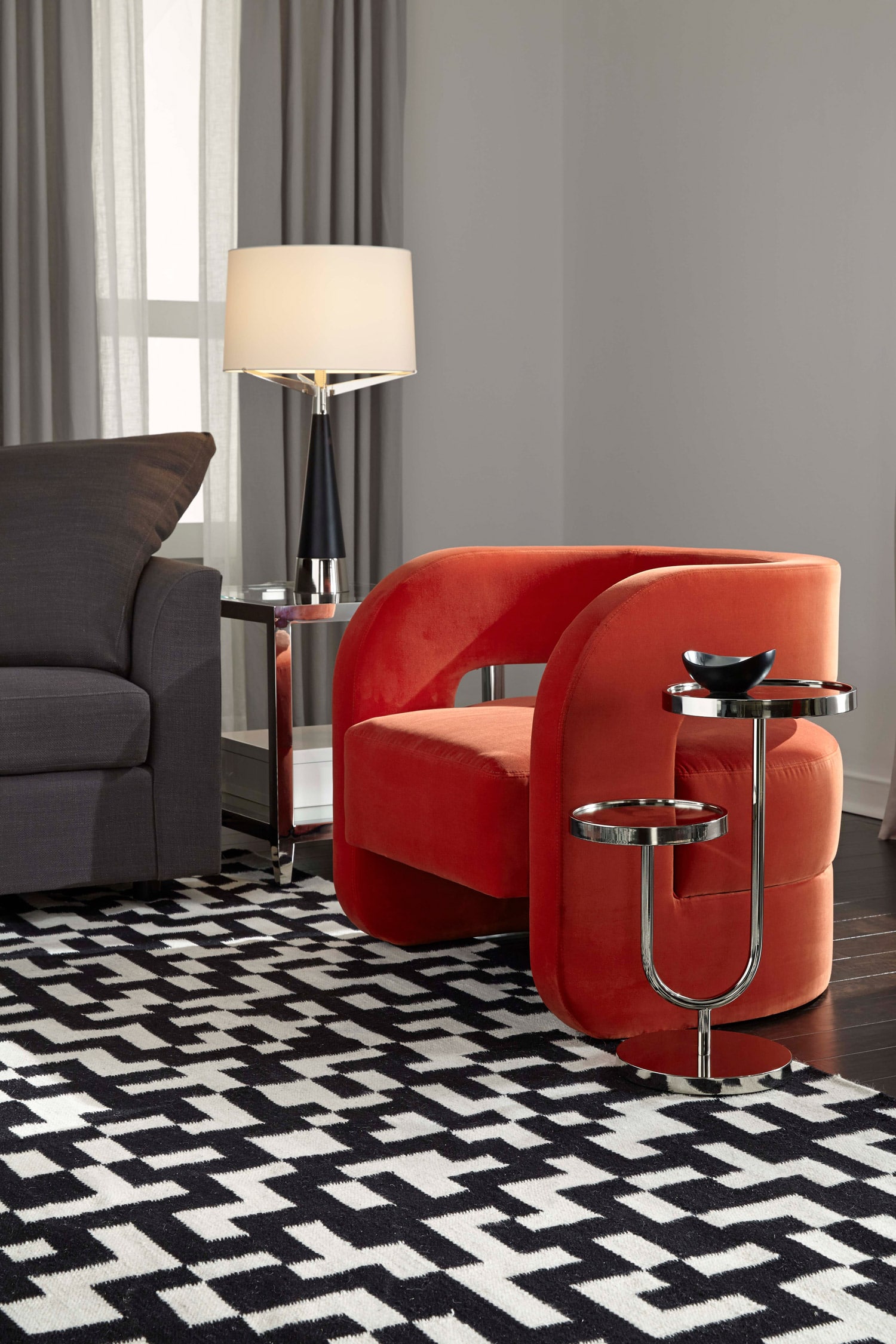
[Photo: Courtesy of Mitchell Gold + Bob Williams]
Creating a Positive Culture
From the beginning, Williams and Gold knew they wanted to create an environment where they were excited to go into work each day. Gold experienced firsthand how damaging a negative company culture can be. At his previous job, it was a grind to go into work, he says—all the way down to the crappy coffee. Luckily, he and Williams were in sync about what kind of workplace they wanted to create.
At their Taylorsville, North Carolina, factory, where they manufacture their upholstery and assemble furniture, they offer an on-site restaurant, childcare facility, and health center. And no detail is too small. The lighting, for example, is calibrated to help employees see exactly what they’re doing as they assemble furniture, allowing them to take pride in their work. And during break times, those same lights are turned off, allowing for a quick nap if employees choose—all while saving energy. “In order to have a successful business, we have to have successful people building the business,” Gold says.
Looking to the Future
What’s in store for Mitchell Gold + Bob Williams? They’re continuing their advocacy with the Sustainable Furnishings Council, where they’ve been a leader for years. And they’re excited about their partnership with Steelcase, which launched in September 2017. While they’ve outfitted hotels, food service, health care, and work spaces in the past through their contract division, the new partnership offers them a huge opportunity to join the workplace revolution, Gold says. As companies seek to add collaborative areas into their offices, residential-looking furniture like sectionals are increasingly in demand. These pieces can help create a softer, more inviting feel, Gold says.
As they like to say, when a home is furnished well, walking in the door is like getting a big hug. So it is with an office, Gold says. “When an office has been furnished successfully, just walking in the door is like getting an appropriate hug.”
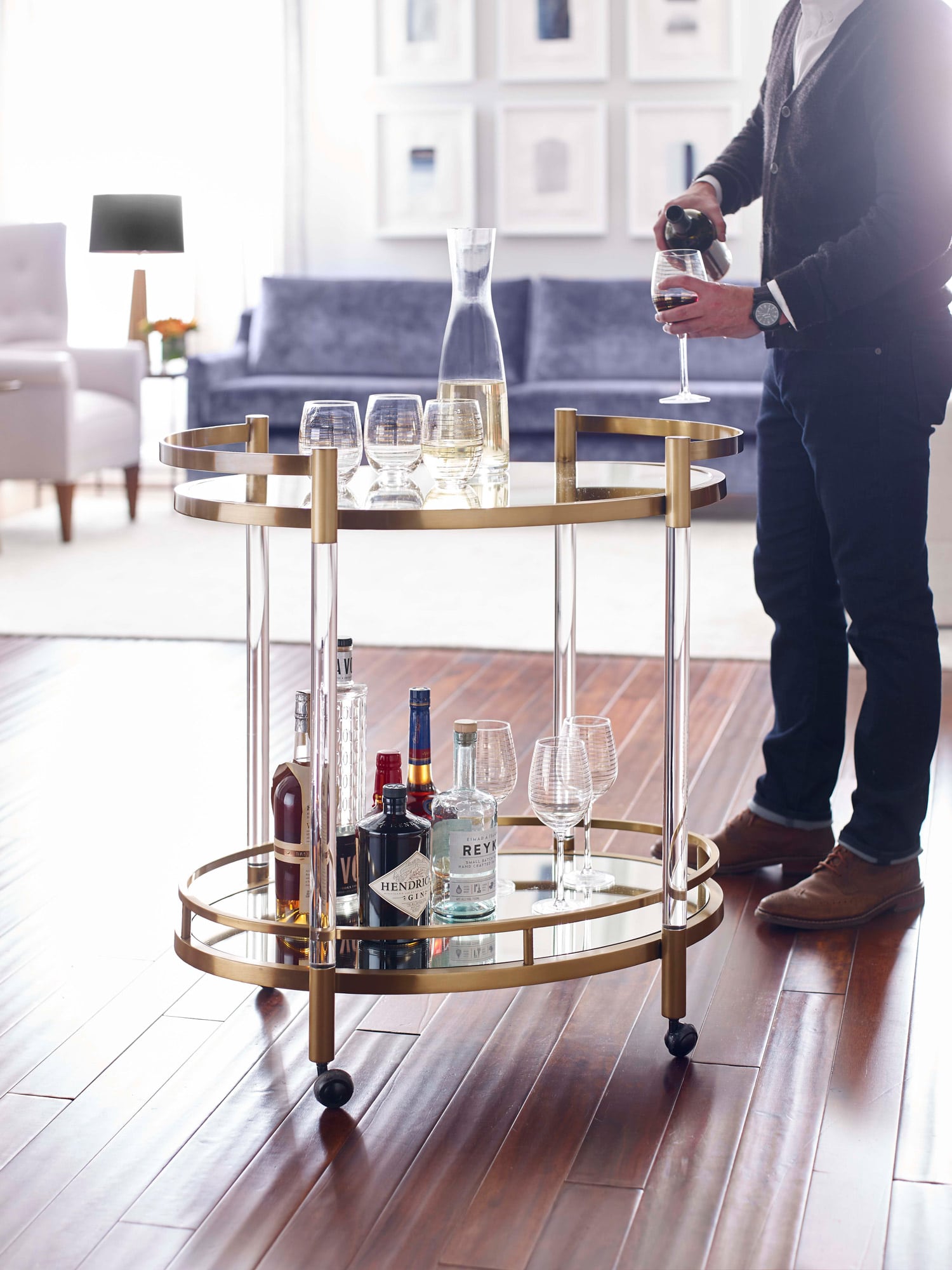
[Photo: Courtesy of Mitchell Gold + Bob Williams]
What Do Customers want?
The Sustainable Furnishings Council’s Green Home Furnishings Consumer Study offers insights into how U.S. homeowners think about what they bring into their houses. Here are some key findings from the 2017 survey:
81%
Share of consumers concerned about hazardous indoor air quality
8
Minimum number of years consumers expect their furniture to last
5-10%
Premium consumers are willing to pay for eco-friendly products
85%
Share of respondents who have bought environmentally safe products like paper products or cleaning supplies

